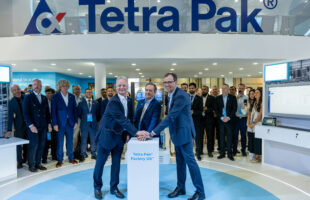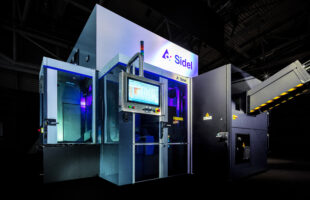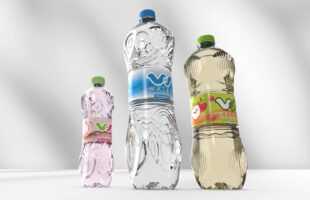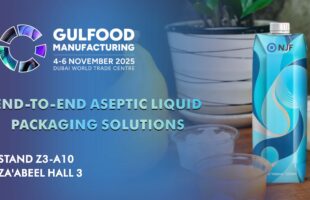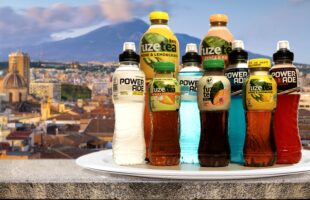
Courtesy of Sapphire Inspection Systems
by Richard Parmee
An estimated 40 percent of all food produced in the world goes to waste – amounting to £2.5 billion tonnes every year at a cost of around $1 trillion, on top of the environmental impacts. So, it’s no surprise that some of the latest production-line technology is focused on helping food processors avoid wasting food – and money.
Airtight packaging has a key role to play in the drive to reduce food waste – helping products stay fresh for as long as possible. But airtight packaging is only as good as its seal. If a leaf gets caught up in the seal and is left sticking out of a bag of prepared salad vegetables, for example, it will breach the airtight seal and allow in oxygen – which will make the product spoil faster and lead to wastage and customer complaints for the retailer and food producer.
Traditionally, seal inspection solutions have involved a sniffer approach to detect nitrogen or carbon dioxide or a pressure system to check whether a product bounces back or deflates – if it deflates, it gets rejected. Another option is vision systems – but their accuracy is limited.
The latest X-ray technology, on the other hand, offers unrivalled accuracy. Two images are generated from a single detector – one optimised for the product and one for the seam area. It means even the tiniest drop of sauce trapped in the seal of a ready meal can be detected. And, unlike vision systems, X-ray seal inspection can cope with non-transparent packaging and items with pack colours that are very similar.
If there is food material trapped within the seal of a food product, the seal will appear good for ultrasonic inspection – but the sterility of the package will be affected as it will create a tiny channel that lets in oxygen. In many cases, the thickness of the trapped food material will be very small, as the pressure of the sealing head will cause it to extrude away from the sides of the seal.
By adjusting the X-ray energy to a suitably low level, the latest technology can detect even very thin layers of seal contamination. At this very low level, the resulting X-ray image data will be much reduced and subject to general signal fluctuations. The systematic nature of these fluctuations can be exploited to create a compensated image.
An example of such a fluctuation would be the joint in a conveyor belt, which would generally appear as a somewhat denser region of the background. A compensation algorithm can factor this out. Then, by scanning along the seal for an incrementally different response, the technology can reliably detect organic material deposits as small as 50 microns thick – the diameter of a human hair.
Another major advantage offered by the latest X-ray technology is the end-of-line inspection of the contents of packages for the traditional range of foreign bodies. A pack of chicken breast fillets, for example, will need to be inspected for metal and bone fragments. Traditionally, this has required two X-ray systems – one for the seal and one for the product inspection – as the product inspection requires the penetration of a considerable thickness of food material in the package. This has meant the duplication of a significant amount of expensive hardware.
The new generation of X-ray technology, however, can produce two sets of output data simultaneously. The first output creates an image suitable for contaminant detection within the product – and also defines where the product is within the packaging. The second output uses this data to define the seal inspection zone, where it creates an image of much higher sensitivity.
Combining these two different types of inspection in a single unit means a simplified set-up and product changeover, as well as combined statistics and just one interface to factory information systems. And two further inspections can also be incorporated – weighing and label inspection. Weighing can be done either via an integrated weigh-table or through further analysis of the X-ray images, with the results used to check that the weigh-price-labeler has correctly labelled the pack.
Packaging is in the spotlight like never before as the world strives to move away from single-use plastic to sustainable packaging to protect the environment. Yet the role of packaging in preventing food waste is all too often overlooked. If, as a planet, we stopped wasting food altogether, we would eliminate 8 percent of our total emissions. The latest generation of X-ray inspection technology is now offering a new vision of the future for the food industry.
Richard Parmee is the founder and CEO of X-ray inspection technology specialist Sapphire Inspection Systems. As well as designing bespoke solutions, Richard and his team provide a wide range of standard X-ray inspection systems to cater to hundreds of different products in the food, pharmaceutical, and cosmetics industries.


